Most cats instinctively use a litter box, but some may need training—especially kittens, newly adopted cats, or cats with past litter box issues. A properly trained cat will have fewer accidents and a happier, stress-free environment.
In this guide, you’ll learn how to set up the perfect litter box, train your cat to use it, and solve common litter box problems.
1. Choose the Right Litter Box
The type of litter box you choose affects how easily your cat will use it.
✅ Best Litter Box Features:
✔ Large enough for your cat to turn around comfortably.
✔ Low-sided for kittens or senior cats (easy access).
✔ Uncovered or open-top (most cats prefer this).
✔ At least one box per cat + one extra (for multi-cat homes).
🚨 Common Mistake: Using a small, covered litter box too soon.
Instead: Start with an open box so your cat feels safe.
2. Pick the Right Type of Litter
Cats can be picky about litter texture and scent.
✅ Best Cat Litter Choices:
✔ Clumping, unscented litter – Easy to clean, natural feel.
✔ Fine-grain texture – Most cats prefer soft litter.
✔ Low-dust formula – Helps avoid respiratory irritation.
🚨 Common Mistake: Using heavily scented litter.
Instead: Stick to unscented options for better acceptance.
3. Choose the Best Litter Box Location
Where you place the litter box matters—cats need a quiet, private, and accessible space.
✅ Ideal Litter Box Placement:
✔ Quiet area away from loud noises.
✔ Easily accessible (not hidden in a basement or closet).
✔ Away from food and water bowls.
🚨 Common Mistake: Placing the litter box near busy areas or in hard-to-reach spots.
Instead: Keep it in a low-traffic but accessible area.
4. Show Your Cat the Litter Box
When bringing home a kitten or new cat, introduce them to the litter box immediately.
✅ How to Introduce Your Cat to the Litter Box:
✔ Gently place them inside the box after meals or naps.
✔ Let them sniff and explore without forcing them.
✔ If needed, scratch the litter with your fingers to demonstrate.
🚨 Common Mistake: Physically forcing your cat to dig in the litter.
Instead: Let them learn at their own pace.
5. Keep the Litter Box Clean
Cats hate dirty litter boxes and may refuse to use them if they’re not cleaned regularly.
✅ Litter Box Cleaning Routine:
✔ Scoop waste daily to keep it fresh.
✔ Deep clean the box weekly with mild soap and water.
✔ Replace litter regularly (completely change it every 2–4 weeks).
🚨 Common Mistake: Using strong-smelling cleaners.
Instead: Use unscented, mild soap and warm water.
6. Reward and Encourage Good Behavior
Positive reinforcement helps reinforce good litter box habits.
✅ How to Reward Litter Box Use:
✔ Give a treat or gentle praise after they use the box.
✔ Keep playtime near (but not too close) to build a positive connection.
✔ If accidents happen, stay calm and redirect them.
🚨 Common Mistake: Punishing accidents.
Instead: Clean up accidents without scolding, and guide them back to the box.
7. Solve Common Litter Box Problems
Sometimes, a cat may stop using the litter box due to stress, health issues, or environmental changes.
🚨 Common Problems & Solutions:
❌ Problem: Cat pees outside the box.
✔ Check for stress triggers (new pets, routine changes).
✔ Clean the area with enzyme cleaner to remove scent.
✔ Try a different litter type or box location.
❌ Problem: Cat avoids the litter box completely.
✔ Rule out medical issues (UTIs, kidney problems—consult a vet).
✔ Ensure the box is clean and accessible.
✔ Try adding a second box in a different location.
❌ Problem: Cat kicks litter everywhere.
✔ Use a high-sided litter box.
✔ Place a litter mat underneath to catch scattered litter.
8. Transitioning a Cat to a New Litter or Box
Cats don’t like sudden changes—switch gradually to avoid problems.
✅ How to Switch Litter or Litter Box Types:
✔ Mix new litter with old (increase ratio over a week).
✔ Place the new box next to the old one, then remove the old one after a few days.
✔ Observe their reaction and adjust if needed.
🚨 Common Mistake: Switching everything at once.
Instead: Make changes gradually for easier acceptance.
9. Training a Kitten vs. an Older Cat
Kittens and adult cats may have different training needs.
✅ Kitten Litter Box Training:
✔ Guide them after meals, naps, or playtime.
✔ Use low-sided boxes for easy access.
✔ Be patient—accidents happen!
✅ Adult or Rescue Cat Training:
✔ Give them time to adjust to a new environment.
✔ Ensure they feel safe and stress-free.
✔ Try different litter types if they have past bad experiences.
🚨 Common Mistake: Expecting instant success.
Instead: Be patient—some cats need a few days or weeks to adjust.
10. When to See a Vet for Litter Box Issues
If your cat suddenly stops using the litter box, it may indicate a medical problem.
🚨 Signs Your Cat Needs a Vet Checkup:
❌ Straining to urinate or crying in pain.
❌ Blood in urine or poop.
❌ Sudden accidents in unusual places.
❌ Excessive licking of genitals.
🚨 Urinary tract infections (UTIs), bladder stones, and kidney disease can all cause litter box avoidance. Always check with a vet if behavior changes suddenly.
Final Thoughts
Litter box training is easy with the right approach—patience, consistency, and positive reinforcement help cats develop good habits for life.
🐱 Key Takeaways:
✅ Choose a large, open litter box with unscented litter.
✅ Place it in a quiet, accessible location.
✅ Introduce kittens or new cats gently to the box.
✅ Keep the litter box clean—scoop daily.
✅ Reward good behavior and never punish accidents.
✅ Solve litter box problems by checking for stress or medical issues.
With the right setup and training, your cat will become a litter box pro in no time! 🏡🐾💖

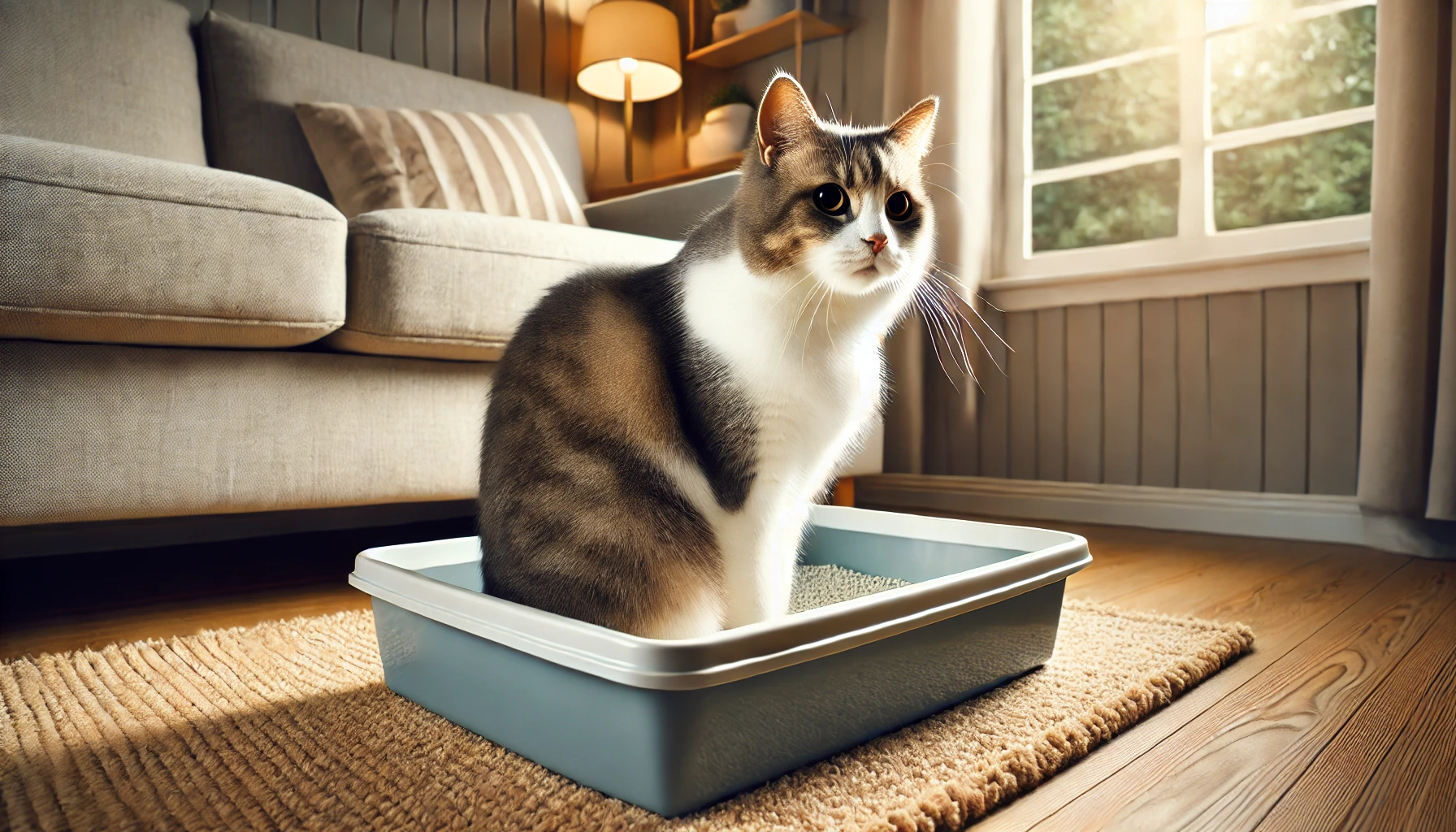
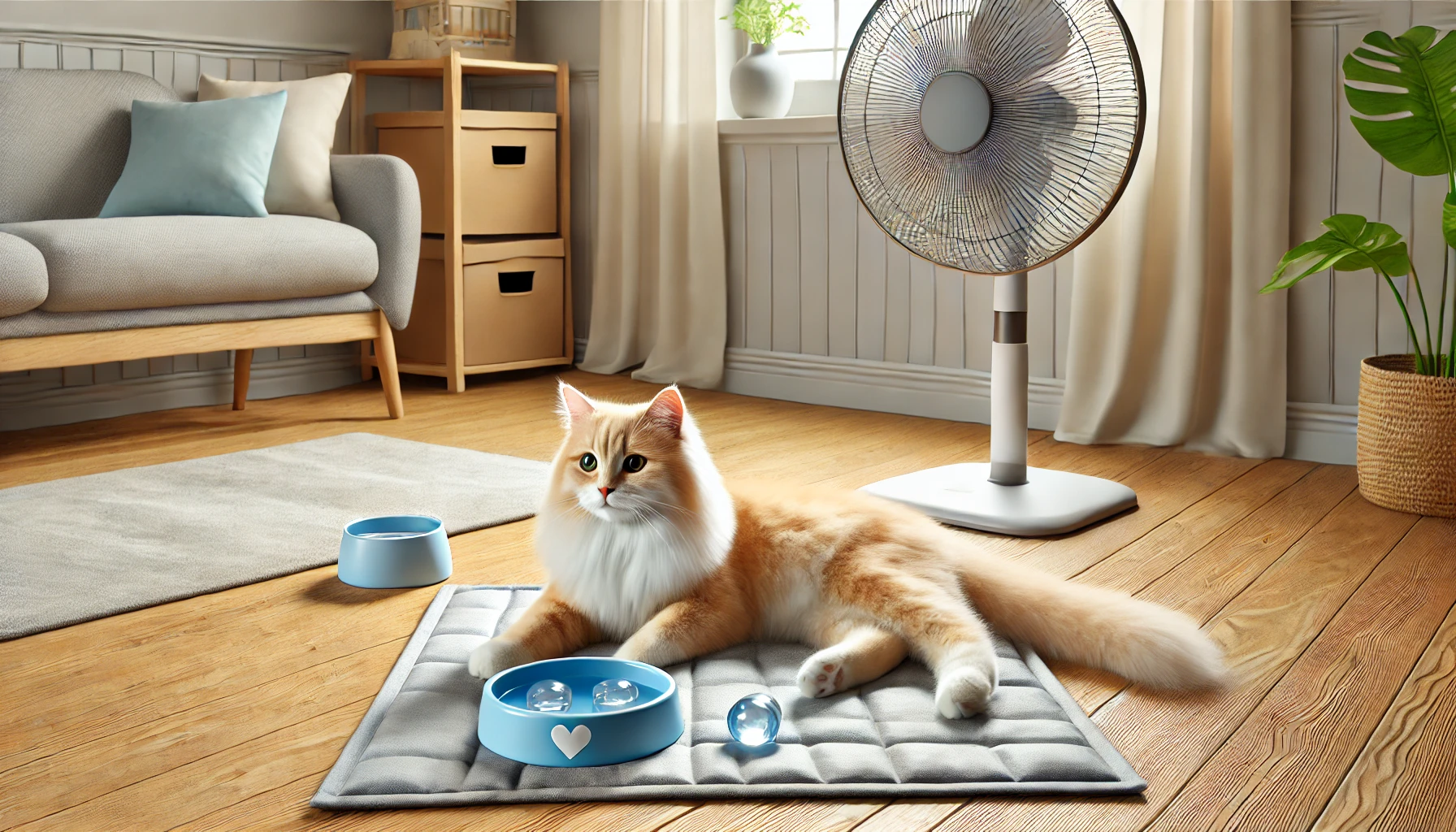
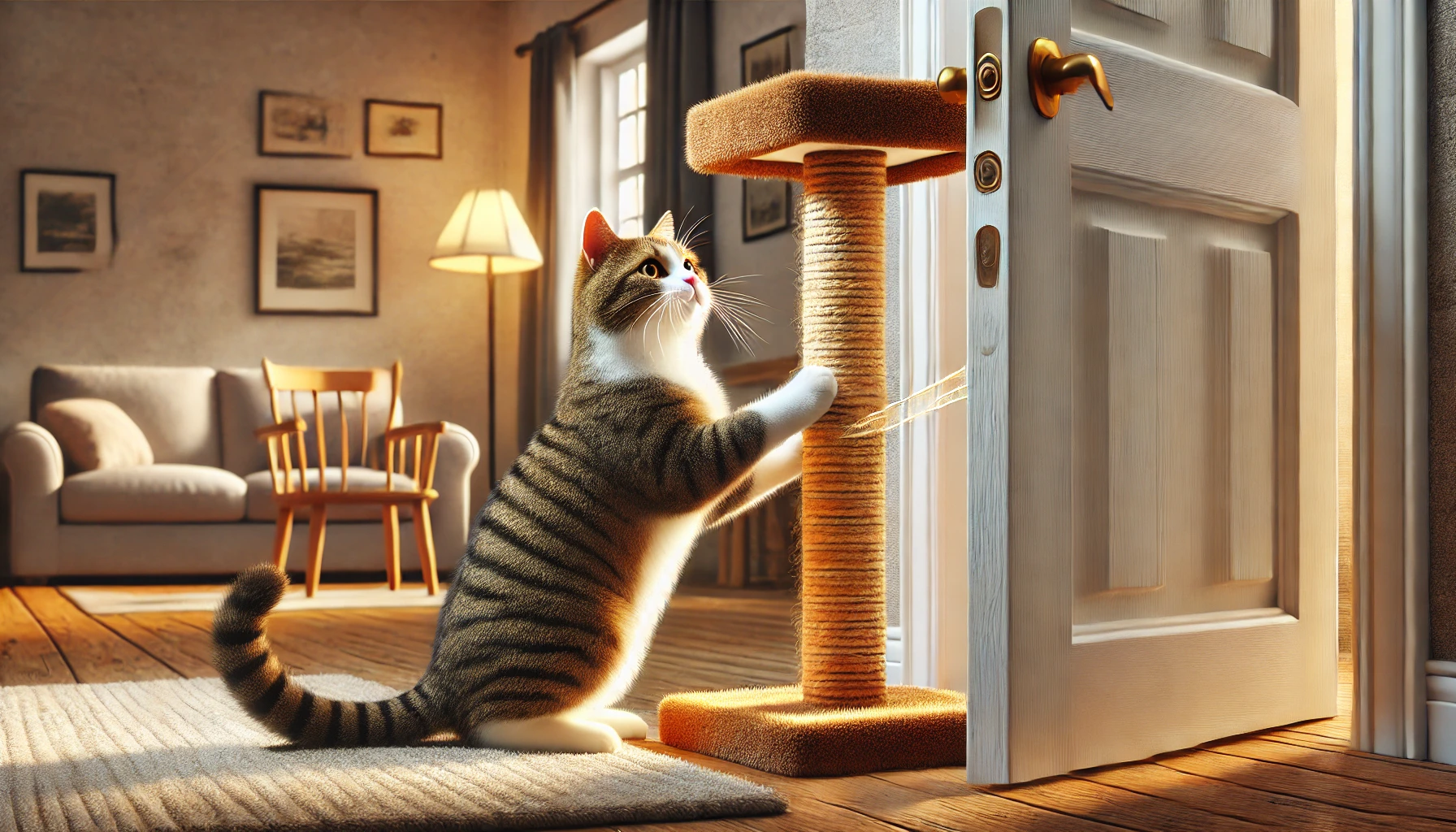
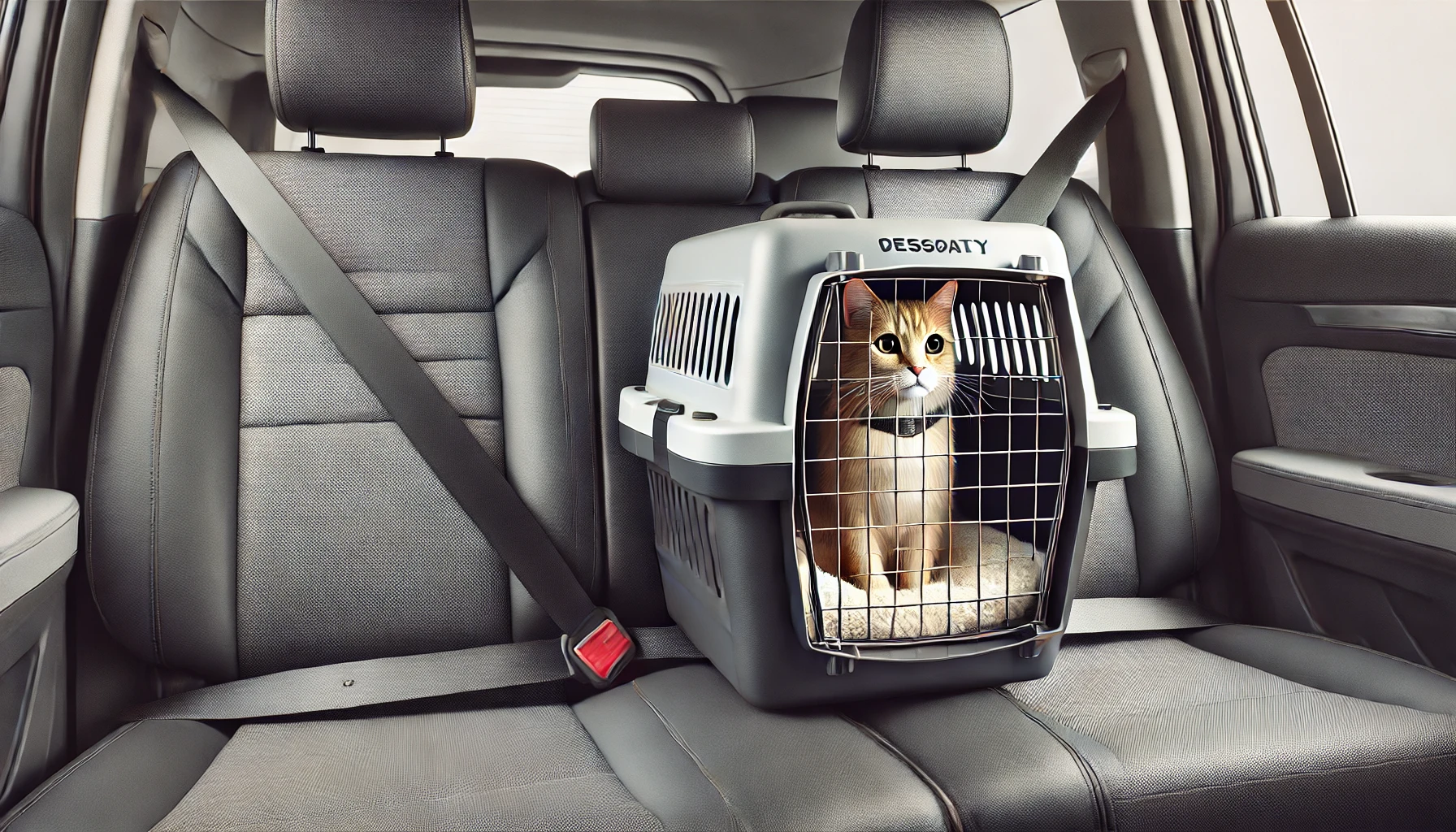
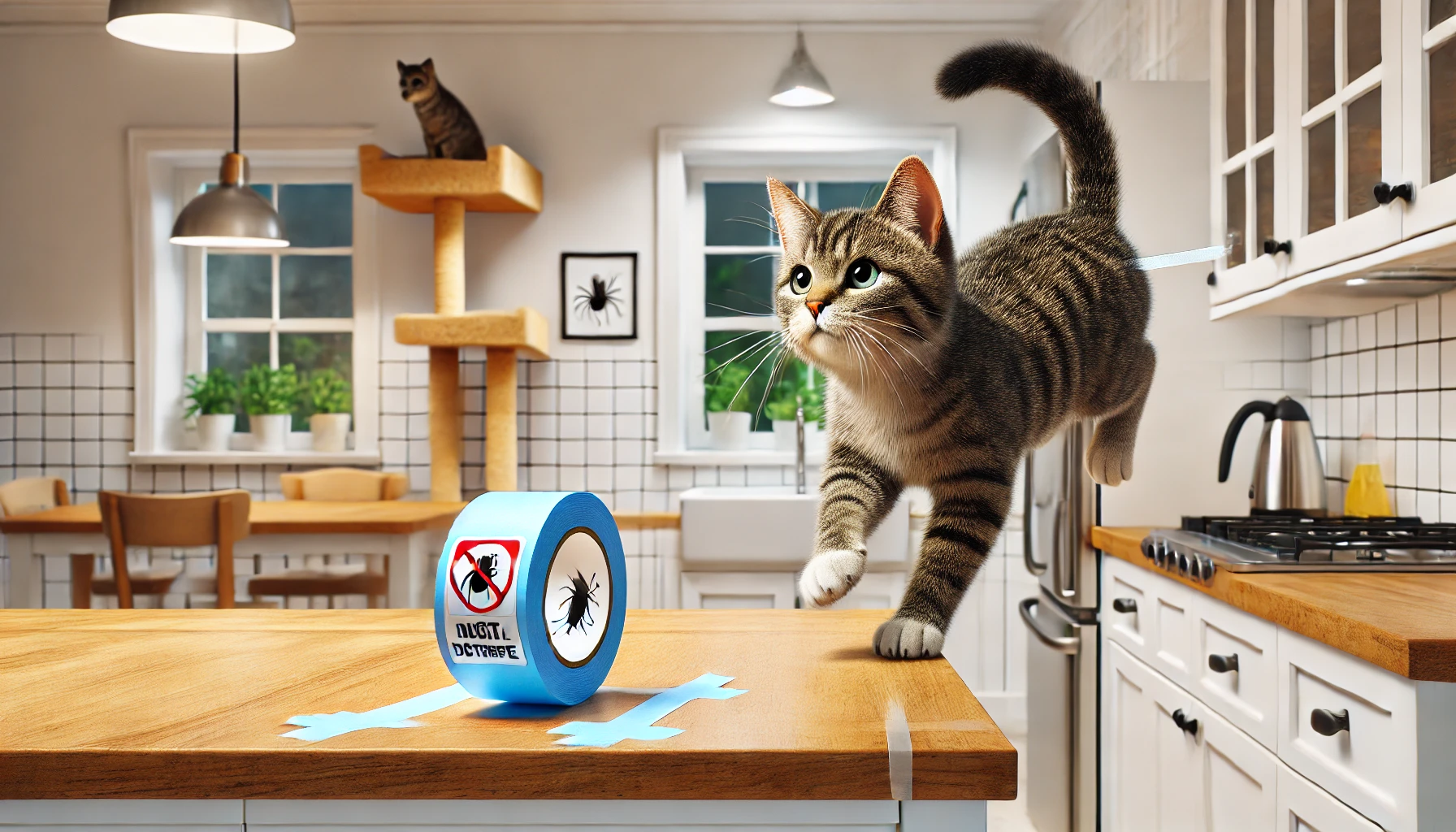
1 thought on “How to Train Your Cat to Use a Litter Box (Step-by-Step Guide)”